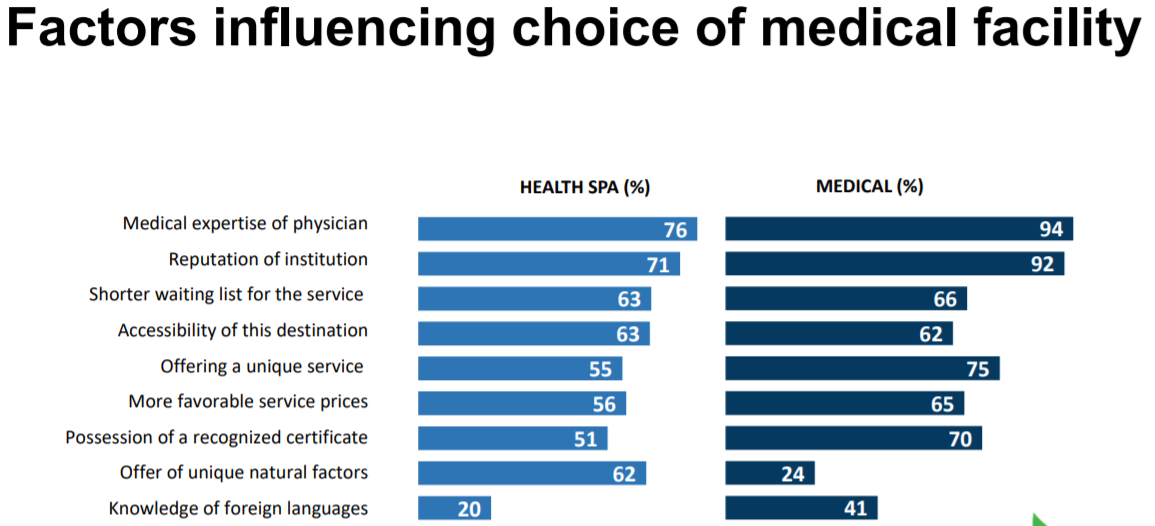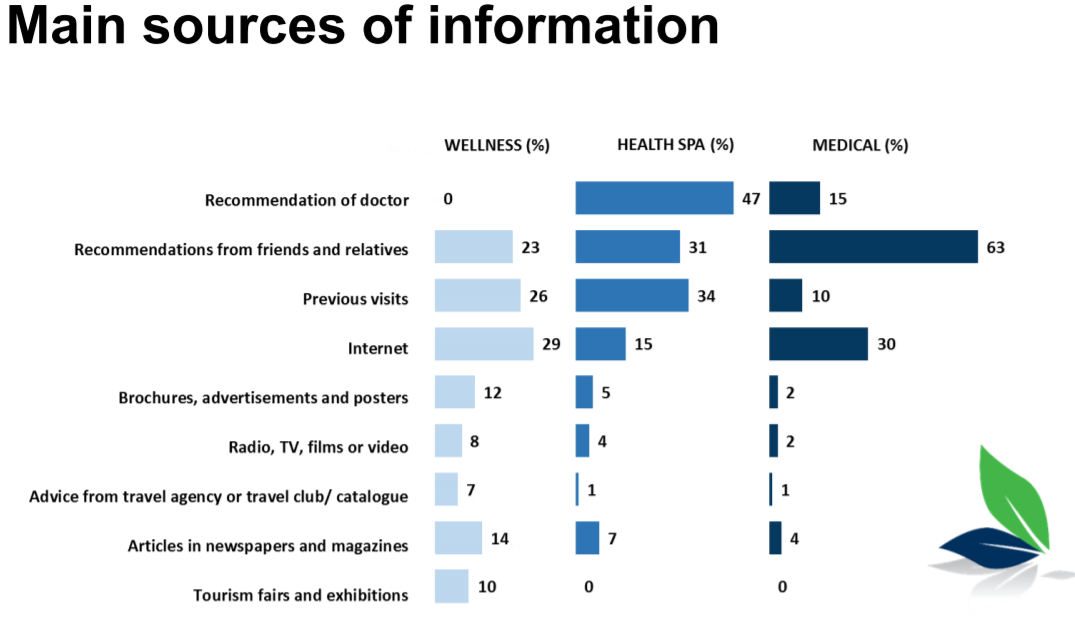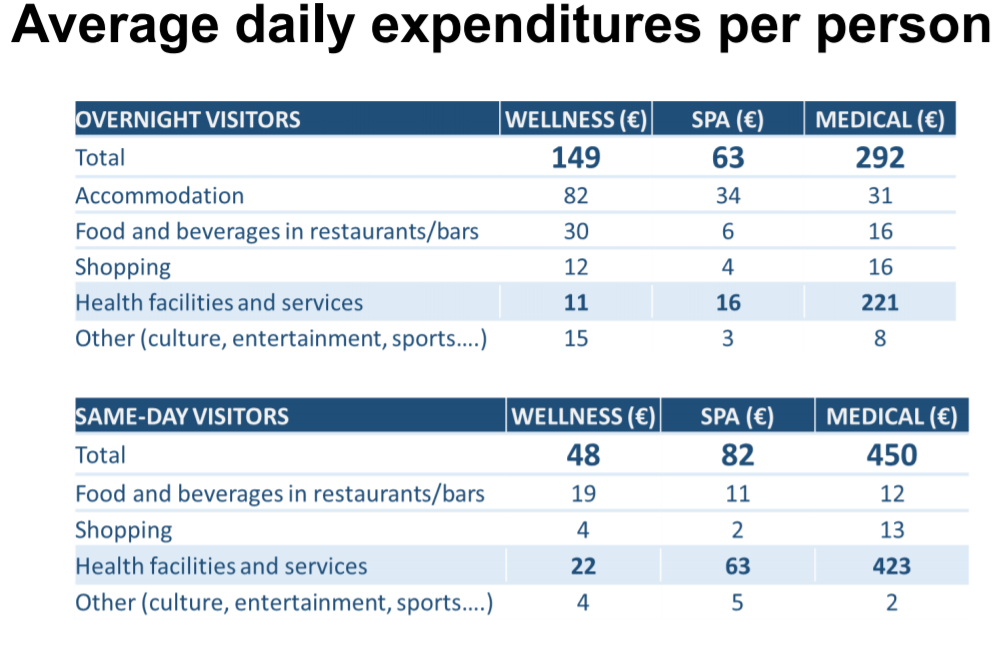Neda Telisman-Kosuta gave an excellent overview of the findings of the comprehensive survey, TOMAS Croatian Health Tourism 2018: Attitudes and Expenditures of Visitors to Croatia, at the 7th Crikvenica International Health Tourism conference in Selce on November 8, 2019.
It was a Croatian health tourism conference which had everything. Suberb coastal location in the village of Selce, near Crikvenica, excellent organisation, superb speakers, great networking, fine entertainment - and crucially, concrete signs that the key stakeholders of the Croatian health tourism industry were beginning to gel. You can learn more about CIHT 2019 in the comprehensive overview already presented on TCN.

The presentations ranged from the practical to the thought-provoking, as well as the majority which were backed up with concrete and relevant data. Nowhere was this more true than with the detailed presentation given by Neda Telisman-Kosuta from the Institute of Tourism in Zagreb. Her overview of the main findings of the TOMAS Croatian Health Tourism 2018: Attitudes and Expenditures of Visitors to Croatia survey were detailed and well-presented.
Some highlights:
Scope: Wellness, health spa and medical segments
Instrument: Structured questionnaire
Data collection: Personal interview with users (CAPI)
Sample size: 2.540 interviews at 43 facilities
Surveying period: July - December 2018
The study separated out three sectors of Croatian health tourism - wellness, health spa, and medical. As you can see above, the end user varies considerably between the three.
I was surprised that price did not figure more prominently in the decision-making process, but it was encouraging to see expertise and reputation as such key factors. Croatian health tourism excels in both.
One of the most interesting findings was in the source of information used by patients to find their health tourism solution in Croatia. Word of mouth is the best advertising one can have, and the high percentage of personal recommendation and doctor recommendation, as well as repeat business, are very good indicators for the future.
By contrast, the almost total absence of traction from advertising, media and tourism fairs points to work to be done in this field.
The average daily spend varied considerably between the three sectors. By way of comparison, the average daily spend in regular tourism in Croatia is 79 euro.
And visitors were generally satisfied with the expectations of the financial costs. Overall experience satisfaction was also very high, with the only areas which rated less than excellent being shopping possiblities and local transport, as well as the innovation of the offer in the health spa sector. But very positive and encouraging overall.
You can learn more about the work of the Institute for Tourism from the official website. The full report is available in Croatian (only, I think) from the Zagreb Tourist Board, and possibly elsewhere.
To follow the latest from the Croatian health tourism industry, follow the dedicated TCN section.







